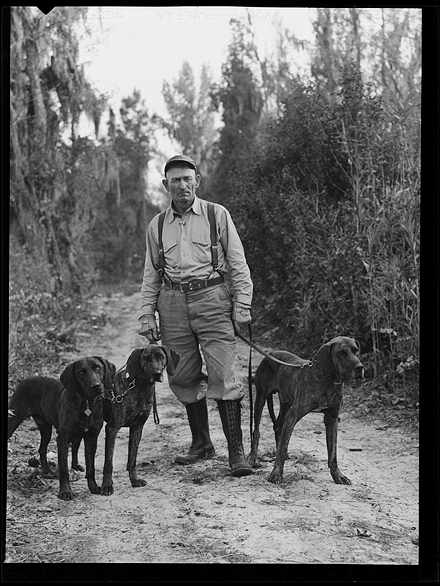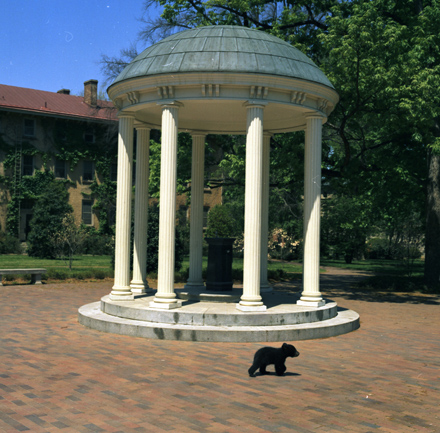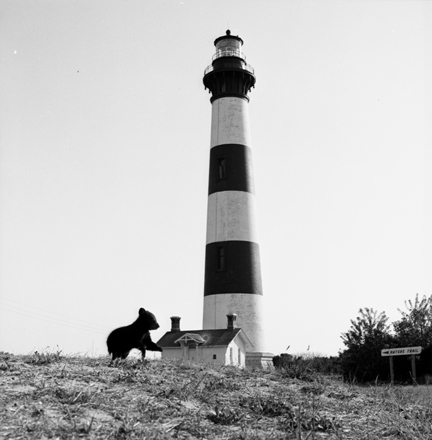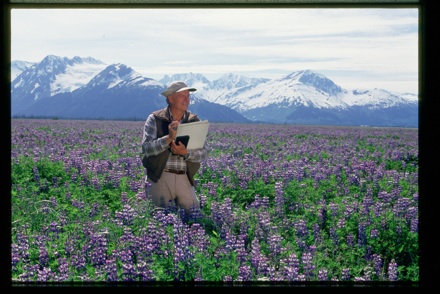
Back when I was working on the Morton slides from 1975, I sorted over 350 he took on a trip to Alaska. This was the most daunting and stressful sets of slides I have yet to organize — it appeared that they were thrown into the air and then put back into the boxes however they were picked up. I had all those slides spread out on a big light table for over a week, and there are still quite a few 1975 Alaska “orphans.”
There were some nice scenic shots of Denali and glaciers, but mostly what I remember are endless miles of pipeline (related to Williams Brothers operations, led by Morton’s good friend John Williams, pictured below).
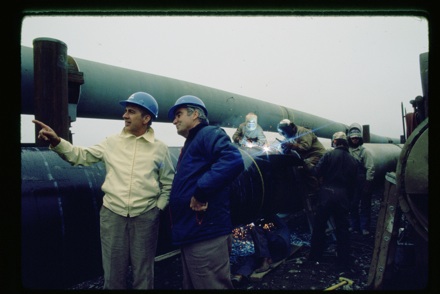
Recently, I came to a batch slides from October 1986 and July 1987 labeled Alaska, and I immediately got a headache. Memories of the pipeline made me think of quitting. It didn’t help when I tried to determine if Morton had photographed caribou or reindeer (for those of you who don’t know, they are the same thing).
Luckily, most of this batch has been better organized and labeled. They appear to be pictures from a trip Hugh took with wildlife artist Richard Evans Younger (top photo), the subject of a series of Morton films. We’re not certain who the cameraman is (see picture below), any ideas? There are film reels from the trip downstairs in storage, still to be cataloged; some of these are labeled “McNeil River Bears” and “Wildlife Artist: Younger Alaska.”
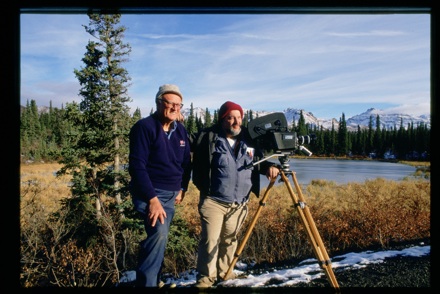
I think Morton must have gotten a bit spoiled by his ability to cuddle and wrestle the bears at Grandfather Mountain. I don’t think the bears in the wilds of Alaska are going to react the same as Mildred, Jane, or Punkin. But this didn’t seem to stop him from getting some amazing pictures of grizzlies at McNeil Falls.
McNeil River State Game Refuge and Sanctuary becomes quite populated in July and August–with bears, not tourists. Every year these bears migrate to the falls to stuff themselves with dog salmon. There are no roads to the sanctuary and visitors must apply months in advance for a chance in the lottery. Only about 250 people get to see this spectacle each year, with a limit of ten at a time. According to the Alaska Department of Fish and Game, up to 72 bears have been seen here at one time. I count 14 in the picture below!
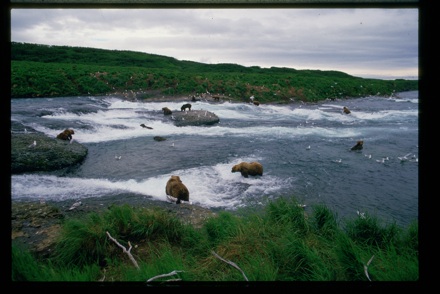
Morton was a well-traveled man. I’ve shared with you the splendors of Hawaii and Alaska. Maybe before my assistanship is finished I’ll show you Arizona, California, or Florida. Or perhaps China, Japan, the Holy Land, New Zealand and Australia, Italy, or Austria? Let me know where you would like to travel next. Cozumel is beautiful this time of year.

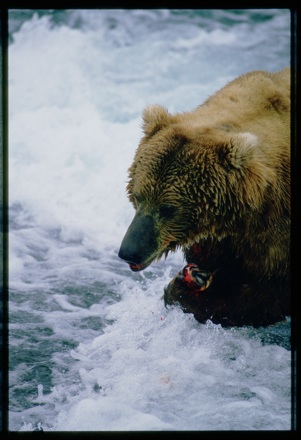

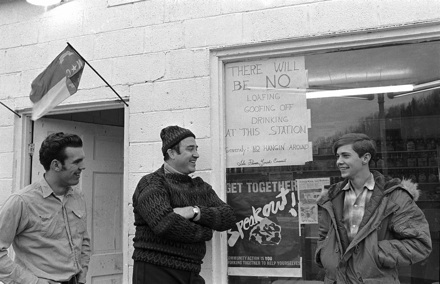
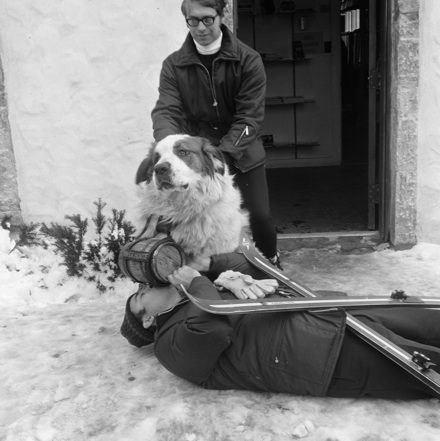
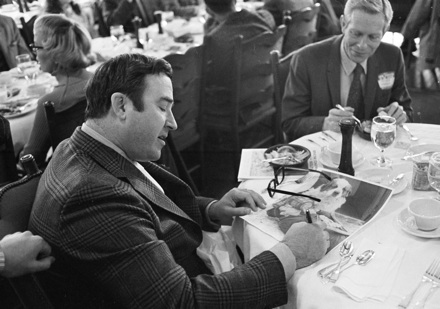
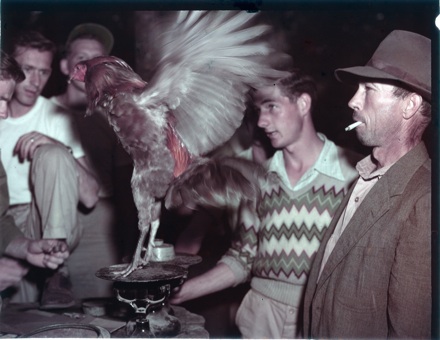
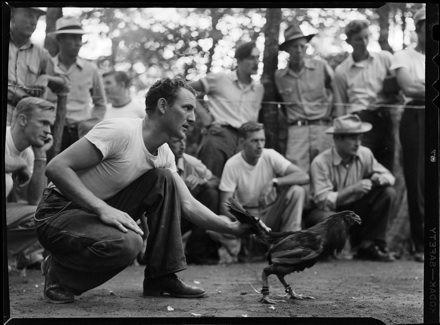
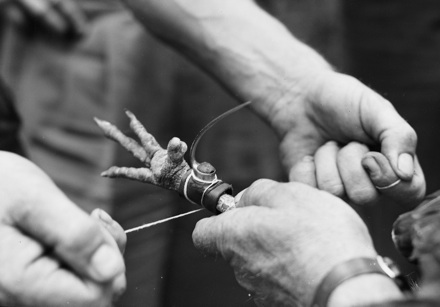
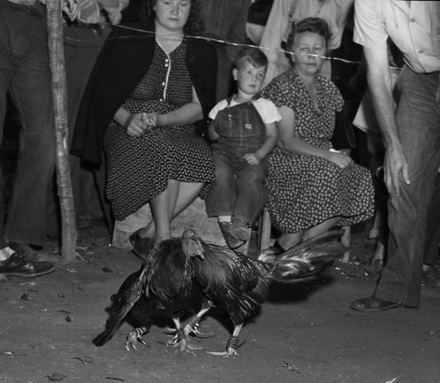
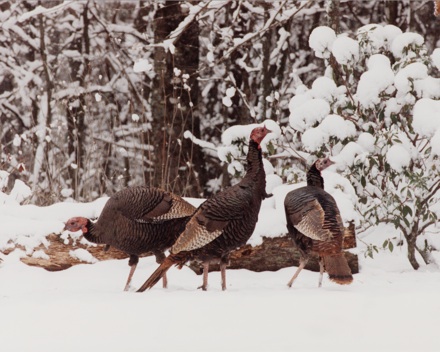

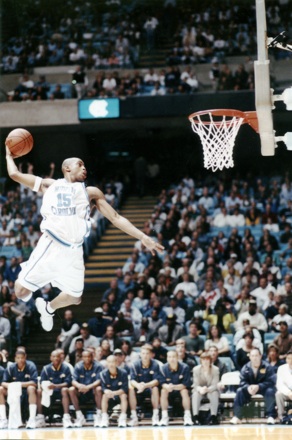
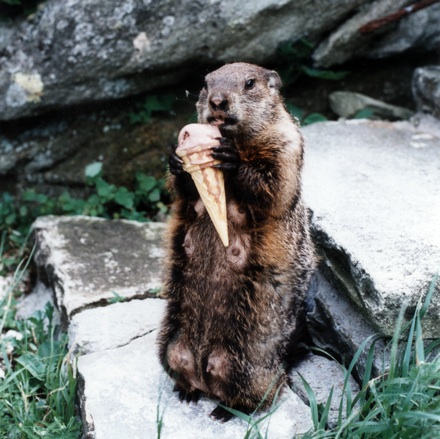
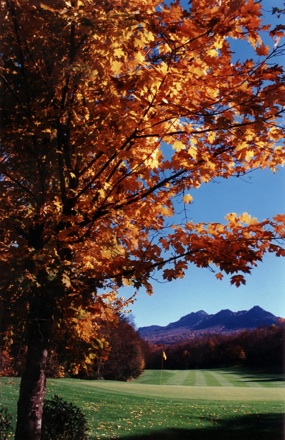
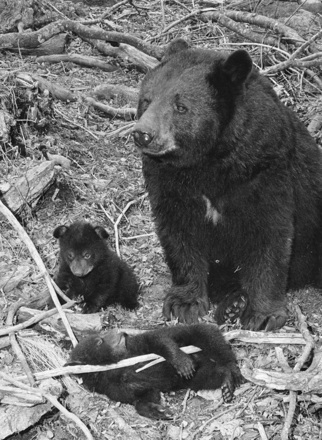
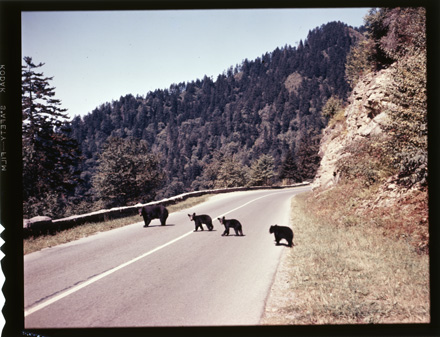
![[Azalea] Vaseyi [on Grandfather Mountain], 1955](https://blogs.lib.unc.edu/morton/wp-content/uploads/sites/7/2008/05/p081_ntbs4_000134_01.jpg)
![Rare Bats [on Grandfather Mountain], Spring 1984](https://blogs.lib.unc.edu/morton/wp-content/uploads/sites/7/2008/05/bats.jpg)
